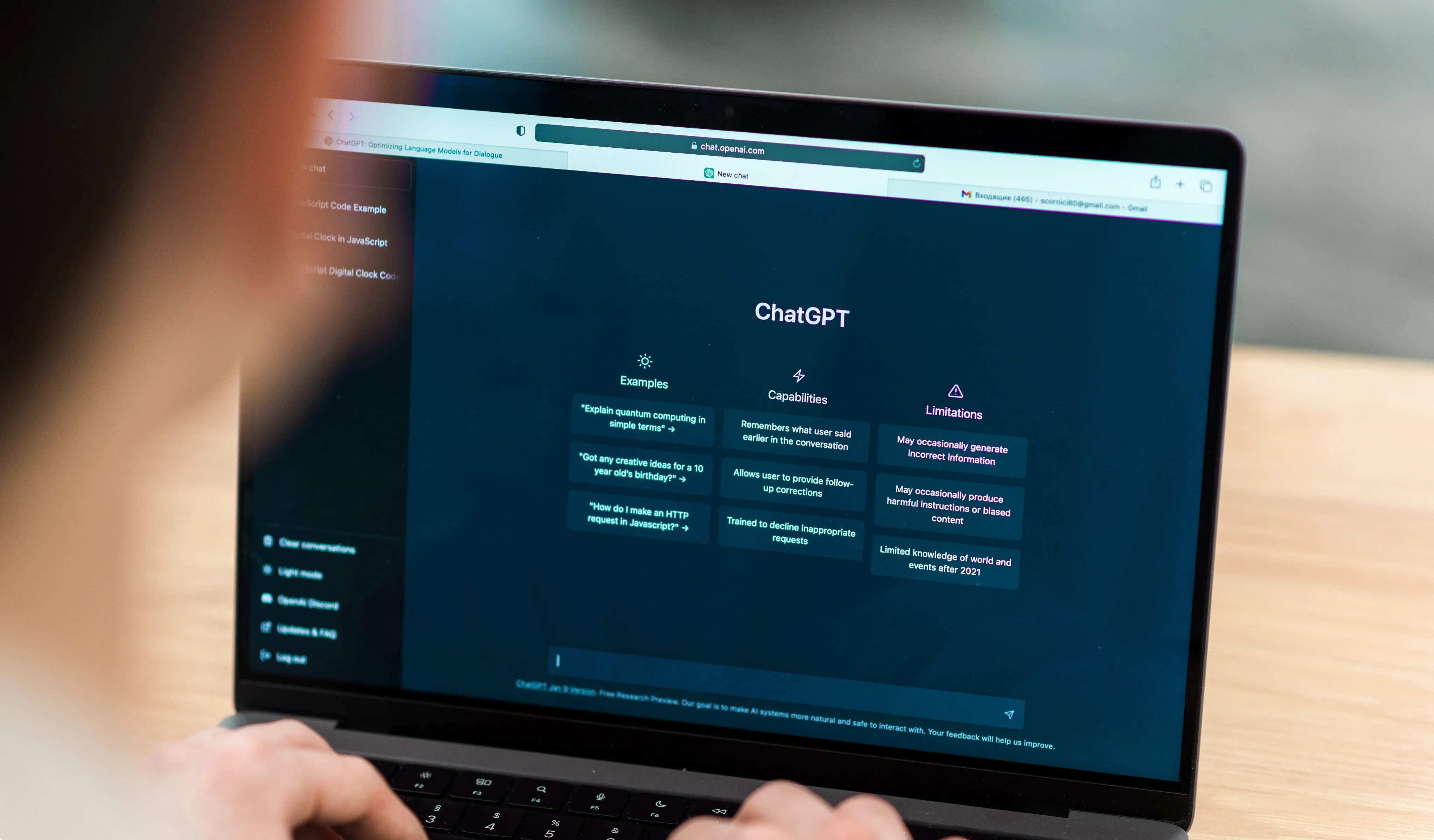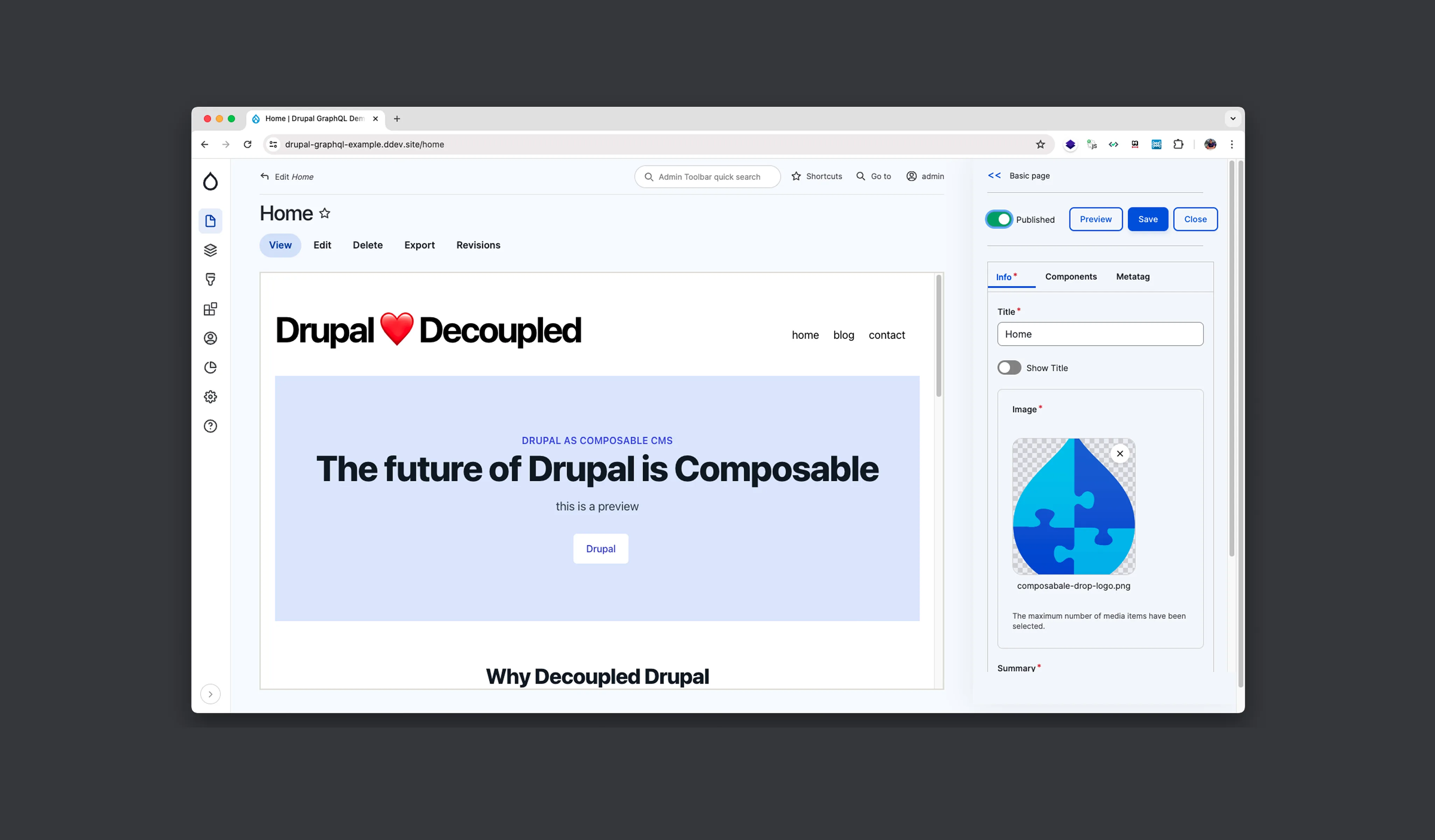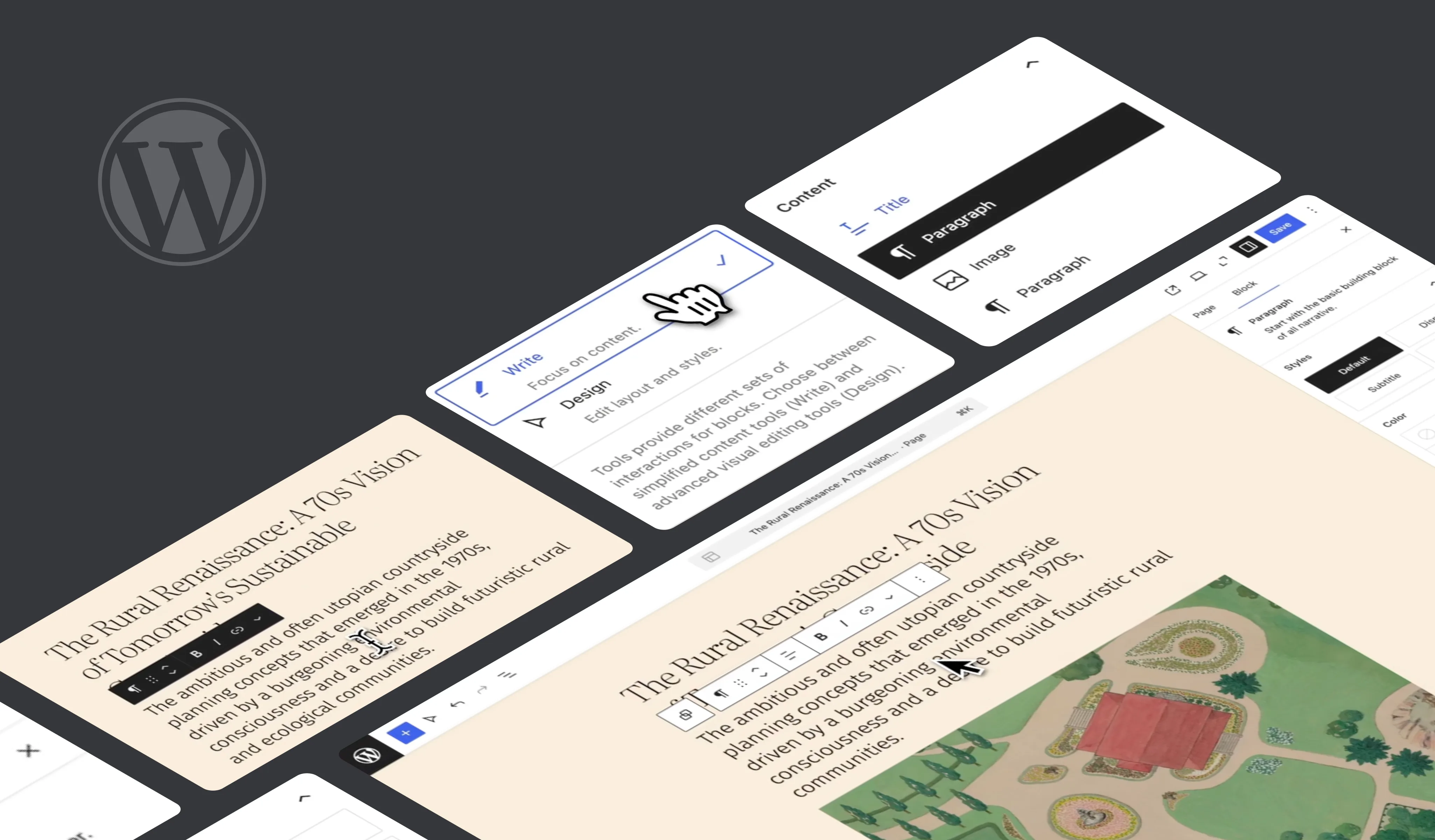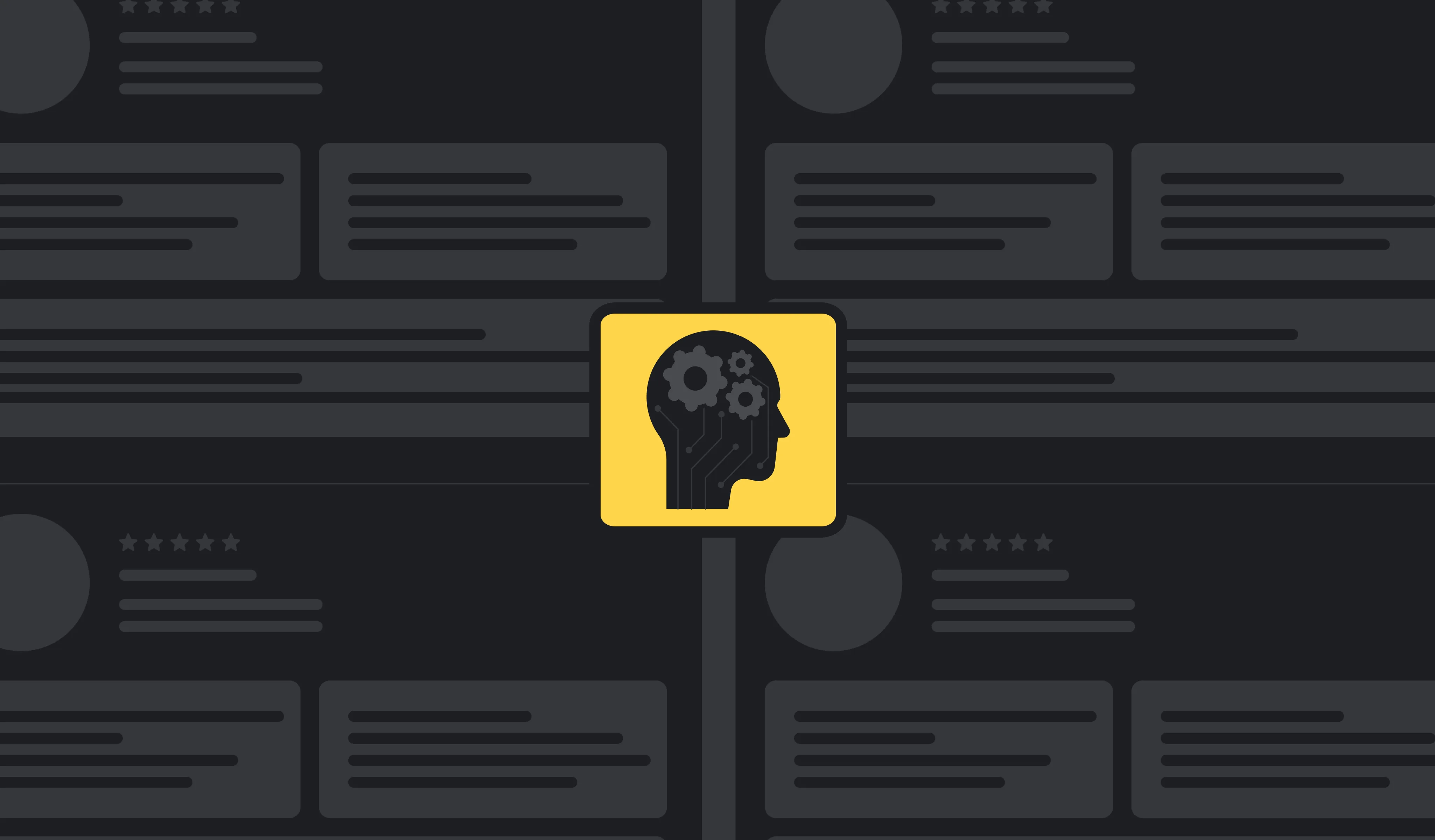You’re probably seeing the paradox already: with AI in the mix, your team turns around briefs and drafts in hours – not weeks – yet editors spend more time rescuing tone, subject-matter experts flag oversimplifications, and the content that should move pipeline… doesn’t.
This isn’t a choice between AI and authenticity. It’s a question of division of labor. Let AI compress the parts of the job that aren’t your advantage: pattern-finding across research, structuring a first pass, tidying links and metadata. Then make the human work more pronounced: interviews, story selection, judgment, and the last mile, where voice, accuracy, and context live.
What follows is a practical operating model – five changes that let AI raise the floor without lowering the ceiling. We’ll show how to use AI to surface real demand, accelerate production without outsourcing judgment, personalize messages with evidence, close the right content gaps, and protect tone with explicit guardrails and provenance.
Why AI & authenticity matter today
AI can multiply your team’s output, but audiences still reward content that sounds informed, specific, and human. The opportunity is to scale how you discover, plan, and package ideas – while protecting the parts that build trust: voice, evidence, and transparency.
Scale is real, but the advantage comes from how you scale
AI is no longer a pilot project. 78% of organizations now use AI in at least one business function, with the heaviest usage in marketing and sales, yet leaders who see results are the ones redesigning workflows and putting governance in place, not just adding tools.
Marketers are there already: industry surveys show widespread daily use and expanding budgets for AI-assisted content work. So what? AI clearly scales throughput; your moat is decision quality – what to produce, what to skip, and how you prove accuracy and voice.
Audiences want personalization that still feels human
Consumer expectations haven’t softened: 71% expect personalized interactions, and 76% get frustrated when they don’t get them. The bar keeps rising as buyers encounter more tailored experiences across channels.
The implication for content teams: use AI to target the moment and intent, not the person–swap proof points, FAQs, and CTAs based on explicit signals (industry, on-site behavior), while keeping the core narrative consistent.
Trust is now a design requirement, not a polish step
Two things can be true at once: AI lifts efficiency and increases risk. Recent executive surveys report risk-related losses tied to weak controls (compliance, biased outputs). Meanwhile, deepfakes and synthetic media keep eroding baseline trust.
Platforms and vendors are responding with Content Credentials (the C2PA provenance standard): TikTok announced automatic labeling of AI-generated media; Cloudflare added one-click credentials for images; YouTube and others are experimenting with provenance indicators.
Google’s guidance hasn’t changed: it rewards helpful, people-first content, regardless of whether AI helped create it. That means your voice, expertise, and review layers are non-negotiable.
From context to practice
If scale, relevance, and trust are the constraints, the guidance is straightforward:
- Focus AI on leverage points: research synthesis, first-pass structure, and variant generation, while humans own interviews, judgment, and final approval.
- Personalize responsibly. Tie variants to explicit signals and document the rules.
- Measure what matters. Pipeline impact, not post volume.
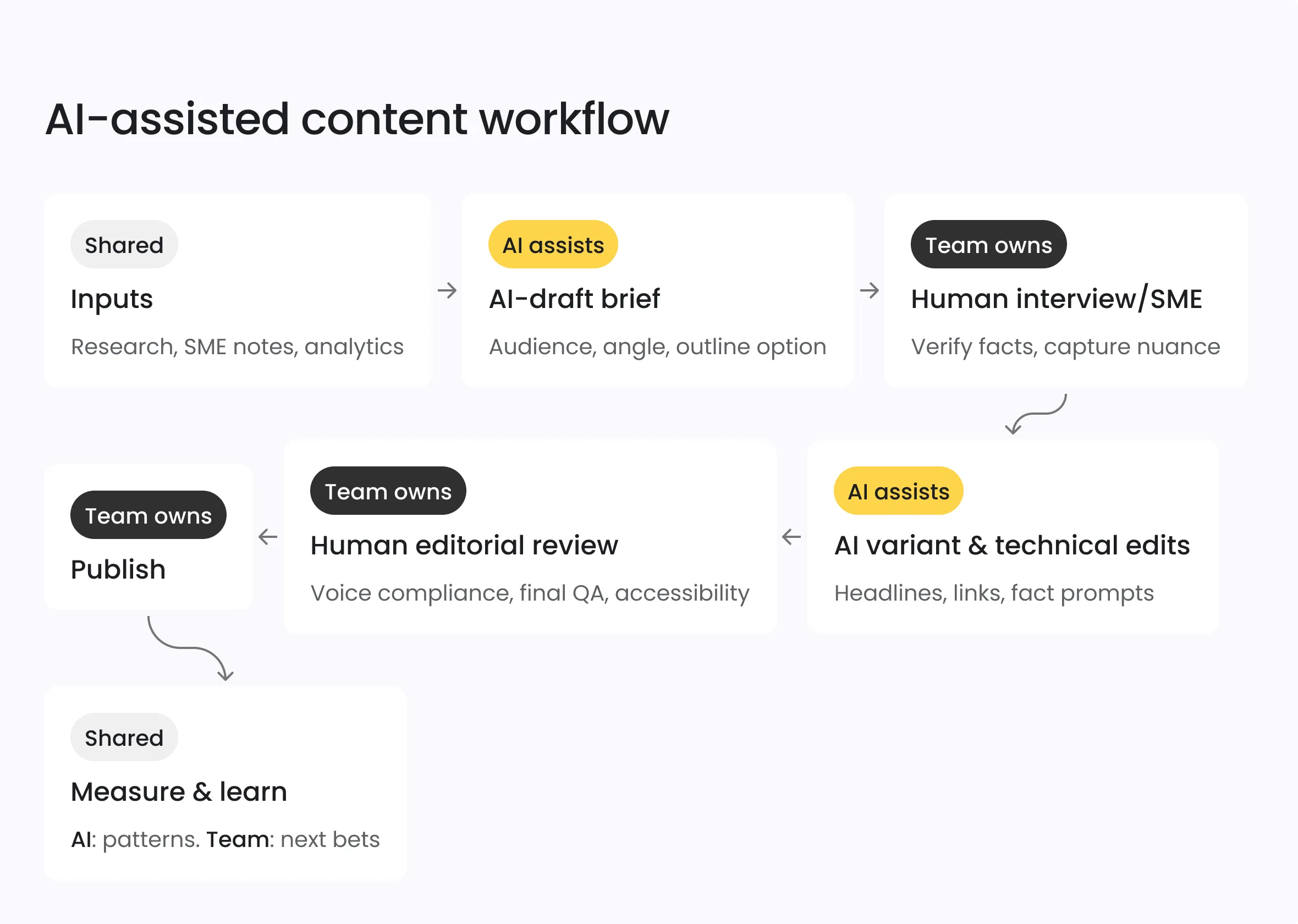
The next five sections turn this into concrete moves you can implement in parallel or in sequence, depending on where you are today.
#1 Use AI to see around corners
What it is: Apply AI to synthesize large, messy inputs (search queries, customer questions, competitor pages, CRM notes) into patterns you can act on – topics that drive intent, gaps competitors miss, and themes to double down on.
How to do it well
- Feed AI first-party inputs (sales notes, support tickets) plus open-web signals (SERP snapshots, “People also ask,” competitor outlines).
- Ask for clusters by audience, buying stage, and business objective (demand capture vs demand creation).
- Validate with experiments (pilot briefs and landing pages) and compare against baseline engagement/conversion.
Practical example: A university marketing team consolidates 500+ student questions from chat, email, and events. AI clusters them into 10 content themes (“transfer credit,” “aid timing,” “career outcomes”), maps each to search intent, and proposes a content system (pillar pages + program-level FAQs + short videos). Performance improves because the roadmap mirrors real demand – their students’ questions.
Executive takeaway: Use AI to compress research time and expose non-obvious patterns; keep humans in charge of the bet selection.
#2 Accelerate the workflow, not the judgment
What it is: AI speeds the pipeline – briefs, outlines, alternative angles, and first-pass edits – while your team invests saved hours into interviews, subject-matter review, and better distribution.
How to do it well
- Standardize brief templates AI can fill: audience, problem, angle, POV, sources to cite, and subject-matter expert (SME) notes.
- Use AI for variant generation (titles, meta, social posts) and technical edits (fact-checking prompts, internal link suggestions).
- Track time saved and reallocate to original reporting (customer calls, analyst references, data pulls).
Practical example:
A healthcare association reduces average article cycle time by 35% using AI to create first-pass briefs and alt-text. Writers still interview key information holders; editors still handle nuance and compliance.
Why now: Daily AI use among marketers has surged (and it’s centered on text tasks like ideas, drafts, and headlines). The efficiency dividends are real – provided the last mile remains human.
Executive takeaway: Automate the busywork so your team can do the work only they can do.
#3 Personalization at scale with guardrails for relevance and privacy
What it is: AI tailors copy blocks by segment, intent, and stage – subject lines, module intros, CTAs – without creating hundreds of bespoke pages that are impossible to maintain.
How to do it well
- Define a message matrix: segment × stage × problem × desired action.
- Let AI choose the right variant at render time (or campaign build) from a curated library.
- Pair personalization with a “minimum evidence” rule (what data justifies the variant?) to avoid irrelevance.
Practical example:
An enterprise software page dynamically swaps proof points (security, compliance, TCO) based on industry and role, while the core narrative stays stable. Gartner warns that nearly half of “personalized” messages feel irrelevant. Your guardrails are the difference.
Executive takeaway: Personalize the moment, not the person, time it to intent and always justify the variant with real signals.
#4 Close content gaps with search-intent mapping
What it is: AI compares your library against audience intent (navigational, informational, transactional), flags thin or missing assets, and proposes the minimum viable set to move a buyer forward.
How to do it well
- Ingest sitemap + analytics + CRM “reason lost” fields; ask AI to map each asset to intent and funnel stage.
- Score gaps by business impact (pipeline proximity, ACV, sales cycle blockers), not by keyword volume alone.
- Use AI to draft skeletal outlines for gap pieces and propose internal links to consolidate authority.
Practical example:
A B2B team discovers it has ample top-of-funnel posts but lacks credible mid-funnel evaluations and migration guides. The fix – three evaluation pages, one ROI model, one migration runbook – drives better SQL quality with fewer net-new posts.
Executive takeaway: Let AI reveal the few pieces that matter and have humans decide which bets to fund.
#5 Protect voice and trust: Tone consistency, review layers, and provenance
What it is: Codify voice and approval paths so AI can assist without diluting brand. Add provenance (Content Credentials) where appropriate to increase transparency and reduce risk.
How to do it well
- Create a voice system (tenets, do/don’t examples, approved lexicon, banned phrases) and embed it in prompts.
- Route drafts through an expert review step (legal, clinical, or technical).
- For visuals or sensitive media, attach C2PA Content Credentials so audiences (and platforms) can verify edits and AI assistance. Industry adoption is growing across major players.
- Align with Google’s people-first standards to avoid unhelpful, auto-generated fluff.
Practical example:
A museum’s editorial team bakes its voice tenets into an AI “style coach,” catching tone drift before publication. For press-critical images, they export with Content Credentials to show what was edited and how.
Executive takeaway: Codify the parts of voice that are non-negotiable, and prove authenticity where it counts.
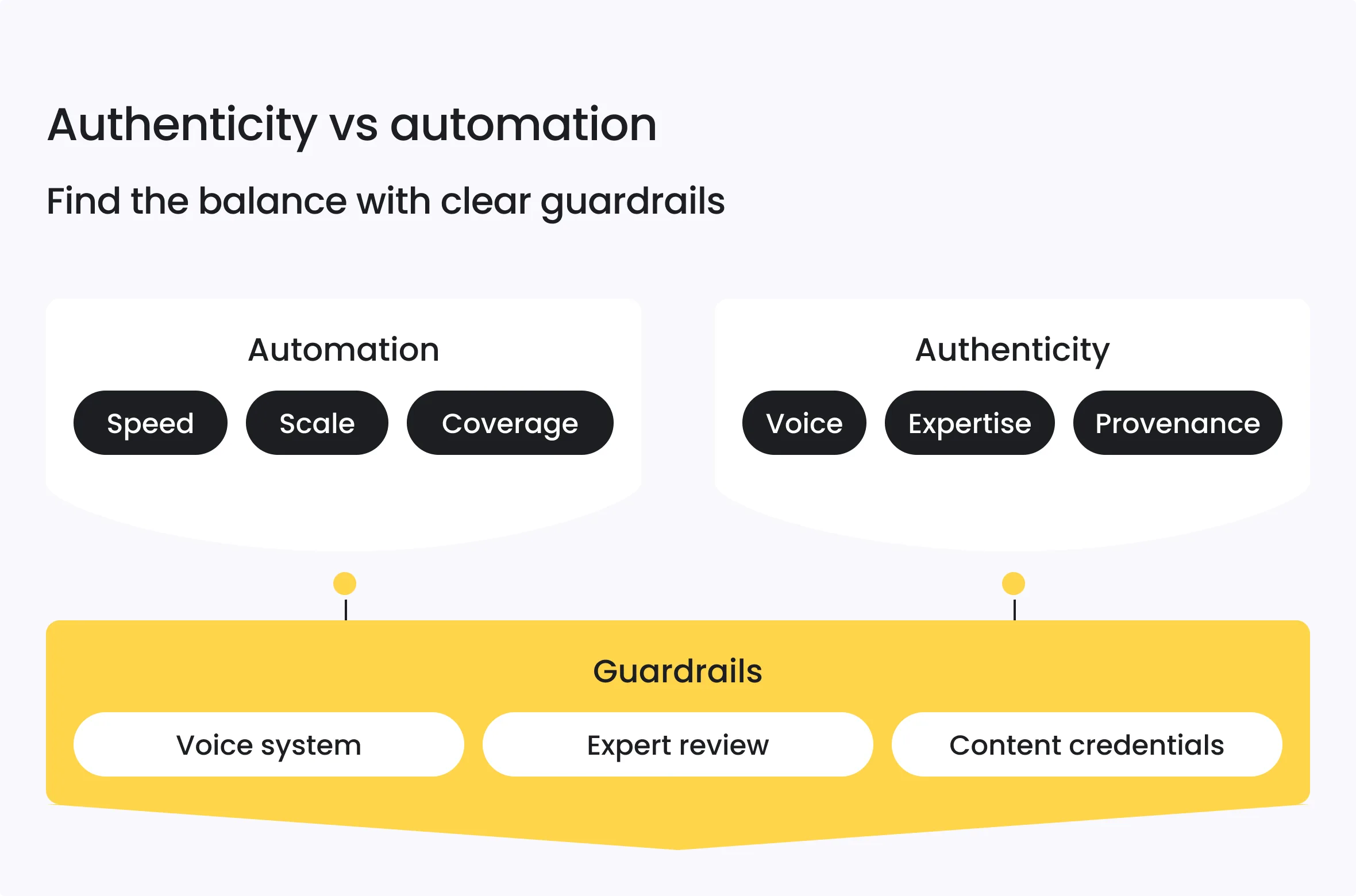
Conclusion: Scale the strategy, keep the voice
AI is now a permanent part of the content stack. The teams winning with it don’t publish more – they publish right: fewer, higher-impact assets chosen by evidence, shaped by real interviews, and protected by clear voice rules and provenance.
Remember:
- Evidence before volume. Pick topics and formats because data and customers say they matter, not because a tool can generate them quickly.
- Speed where it helps, judgment where it counts. Let AI compress research, structure, and variants; keep your team on interviews, narrative choices, and final approval.
- Voice and trust are non-negotiable. Codify tone, require expert review for high-risk claims, and use provenance where it matters.
If you want a partner who applies AI responsibly – from data plumbing and model selection to workflow design and governance – Five Jars can help. Explore our AI integration services and contact us to map a pragmatic 90-day rollout.
